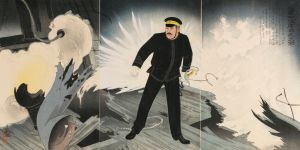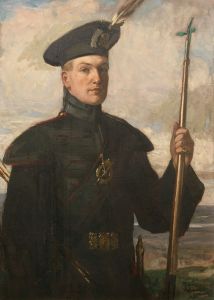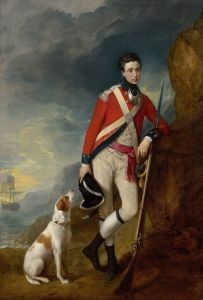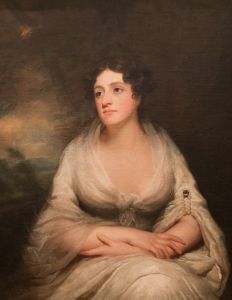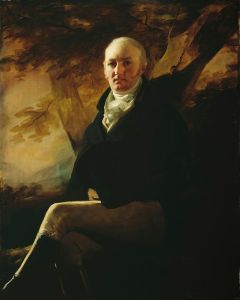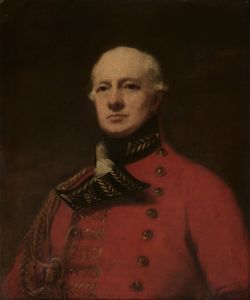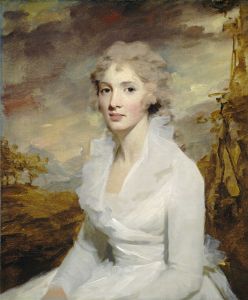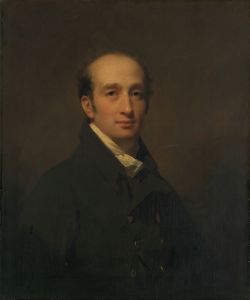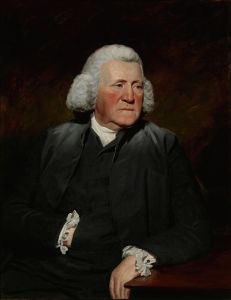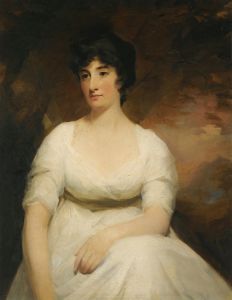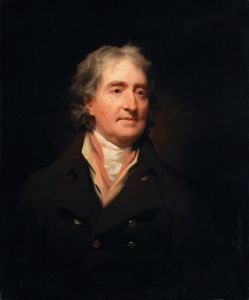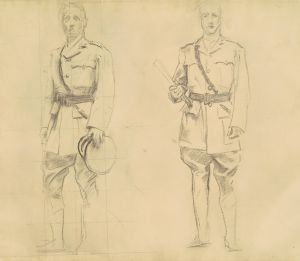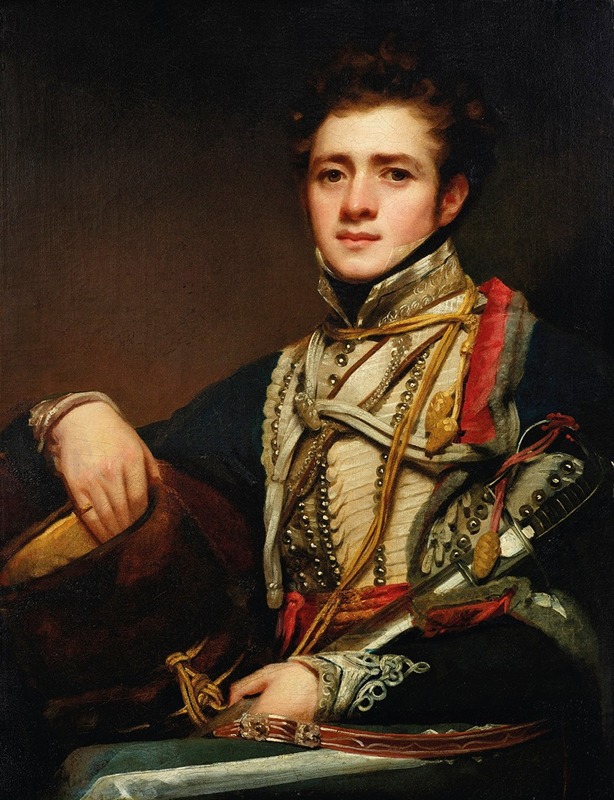
Lieutenant Colonel George Allan of the 16th Hussars, ‘The Hussar’
A hand-painted replica of Sir Henry Raeburn’s masterpiece Lieutenant Colonel George Allan of the 16th Hussars, ‘The Hussar’, meticulously crafted by professional artists to capture the true essence of the original. Each piece is created with museum-quality canvas and rare mineral pigments, carefully painted by experienced artists with delicate brushstrokes and rich, layered colors to perfectly recreate the texture of the original artwork. Unlike machine-printed reproductions, this hand-painted version brings the painting to life, infused with the artist’s emotions and skill in every stroke. Whether for personal collection or home decoration, it instantly elevates the artistic atmosphere of any space.
Lieutenant Colonel George Allan of the 16th Hussars, commonly referred to as "The Hussar," is a portrait painted by the renowned Scottish artist Sir Henry Raeburn. The painting is believed to have been completed in the early 19th century, during Raeburn's prolific career as one of Scotland's most celebrated portrait painters. Known for his ability to capture the character and presence of his sitters, Raeburn's work in this portrait exemplifies his mastery of composition, lighting, and detail.
The subject of the painting, Lieutenant Colonel George Allan, served in the 16th (The Queen's) Regiment of Light Dragoons (Hussars), a cavalry regiment of the British Army. The regiment, often referred to as the 16th Hussars, was known for its distinguished service during the Napoleonic Wars. Allan's military rank and affiliation with the regiment are evident in the portrait, as he is depicted wearing the elaborate uniform of a hussar officer. The uniform, characterized by its intricate braiding, vibrant colors, and distinctive pelisse (a short, fur-lined jacket worn over one shoulder), reflects the flamboyant style associated with hussar regiments of the period.
Raeburn's portrayal of Allan captures not only the regality of the uniform but also the confidence and poise of the sitter. The painting is noted for its dynamic composition, with Allan posed in a commanding stance that emphasizes his role as a military leader. The use of light and shadow in the portrait highlights the textures of the uniform and the sitter's facial features, showcasing Raeburn's skill in rendering both fabric and flesh with remarkable realism.
The painting is an example of Raeburn's ability to combine the traditions of grand portraiture with a sense of individuality and vitality. While the exact circumstances of the commission are not documented, it is likely that the portrait was created to commemorate Allan's service or to celebrate his status within the regiment.
Today, the painting is recognized as an important work within Raeburn's oeuvre and serves as a historical record of British military fashion and portraiture during the early 19th century. It is held in a public or private collection, though specific details about its current location are not widely available.





![The Commader in Chief in India [General Sir Frederick Paul Haines], Military and Navy, from Vanity Fair, March 25, 1876](/imgs/214448/s/james-tissot-the-commader-in-chief-in-india-general-sir-frederick-paul-haines-military-and-navy-from-vanity-fair-march-25-1876-18a8ea9e.jpg)

